'You could walk round it every day and always notice something new': A private tour of the garden of multiple Chelsea gold medallist John Massey
Inspired by his friends Christopher Lloyd and Princess Greta Sturdza, nurseryman and plant breeder John Massey has made a garden in Worcestershire that never ceases to delight, writes Charles Quest-Ritson. Photographs by Clive Nichols
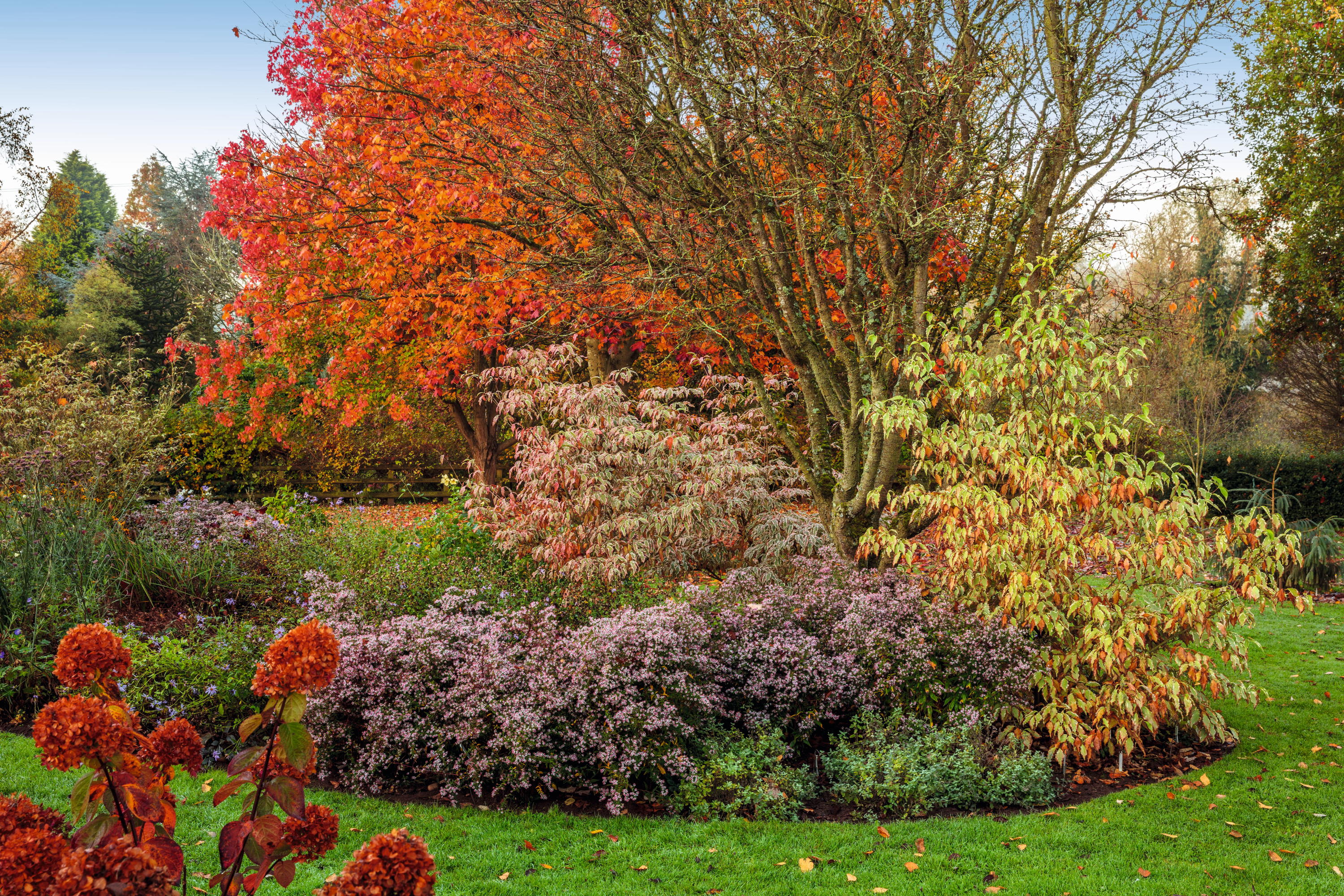

Anyone can create a pretty garden, full of flowers and colour, in spring and summer. It’s much more difficult to make a really satisfying display in autumn and winter, but the best of all gardens are those that are wonderful all through the year. You have to be a truly knowledgeable plantsman to create a thing of beauty that never ceases to bring delight — not only to yourself, but to critical visitors at every season. That is precisely what John Massey, VMH, nurseryman, plant breeder and multiple Chelsea Gold medallist has achieved in his own garden, next to his famous Ashwood Nurseries near Kidderminster in Worcestershire. ‘John’s Garden’ is one of the finest private gardens in the UK and, many would say, the best maintained.
Mr Massey’s parents hoped he would train to become a doctor, but, from an early age, plants were his great and only love. His father, a civil engineer, bought Ashwood Nursery in 1967 and Mr Massey started work there the very day after he left school. The business grew steadily and, in 1986, he was able to buy a small house next to the nursery that came with 10 acres of extra land. However, he did not begin to plant a garden there until 1998. It is incredible now to look at some of the enormous trees and realise that they have all been planted since that date. His inspiration came from two famous gardeners who had become friends of his — charismatic Christopher Lloyd of Great Dixter in East Sussex and the formidable Princess Greta Sturdza of Le Vasterival in Normandy, France. Both were energetic and knowledgeable plant-lovers, and both were blessed with artistic sensibilities. Their influence is visible everywhere in John’s Garden today.
"Underrated plants are only one joy of this extraordinary garden"
The soil here is a sandy loam, free draining, but also requiring irrigation in dry weather. Its pH is about six, which means that almost all plants grow well and happily. The main garden is long and narrow, but designed to give an impression of much greater space than its 2½ acres would suggest. Space management is all too often ignored by garden makers, but not in this plantsman’s paradise, where plants are displayed in borders large and small, within a fluid modern design. There is always so much to see in plantsmen’s gardens that, sometimes, they are nerdy and boring, but John’s Garden is bowl-me-over exciting because of the way he positions, cultivates and trains plants to create his artistic effects. There is no pause — not only does he walk through his garden every day of the year, but he also insists that it is possible to have something in flower on every one of those 365 days. What’s more, he insists that every bed or feature within the garden should stop you in your tracks.
Every detail in John’s Garden has been planned and brought to perfection. Large ornamental pots, planters and troughs are everywhere, bursting with plants of good colour and shape, together with architectural urns, seats, sculptures and ornaments. A large ceramic tub near the house is always filled with floating flowers. The nearby ruin garden is pure theatre, replanted twice a year. A selection of plants in pots, up to 25 or even 30 of them, is arranged and re-arranged in an ever-changing display that is reviewed and revised at least once a week. Mr Massey also knows how to intensify the garden by limbing up trees to lift their canopy. This draws the eye to their trunks, creates long views and frees up space for new plantings in new habitats.
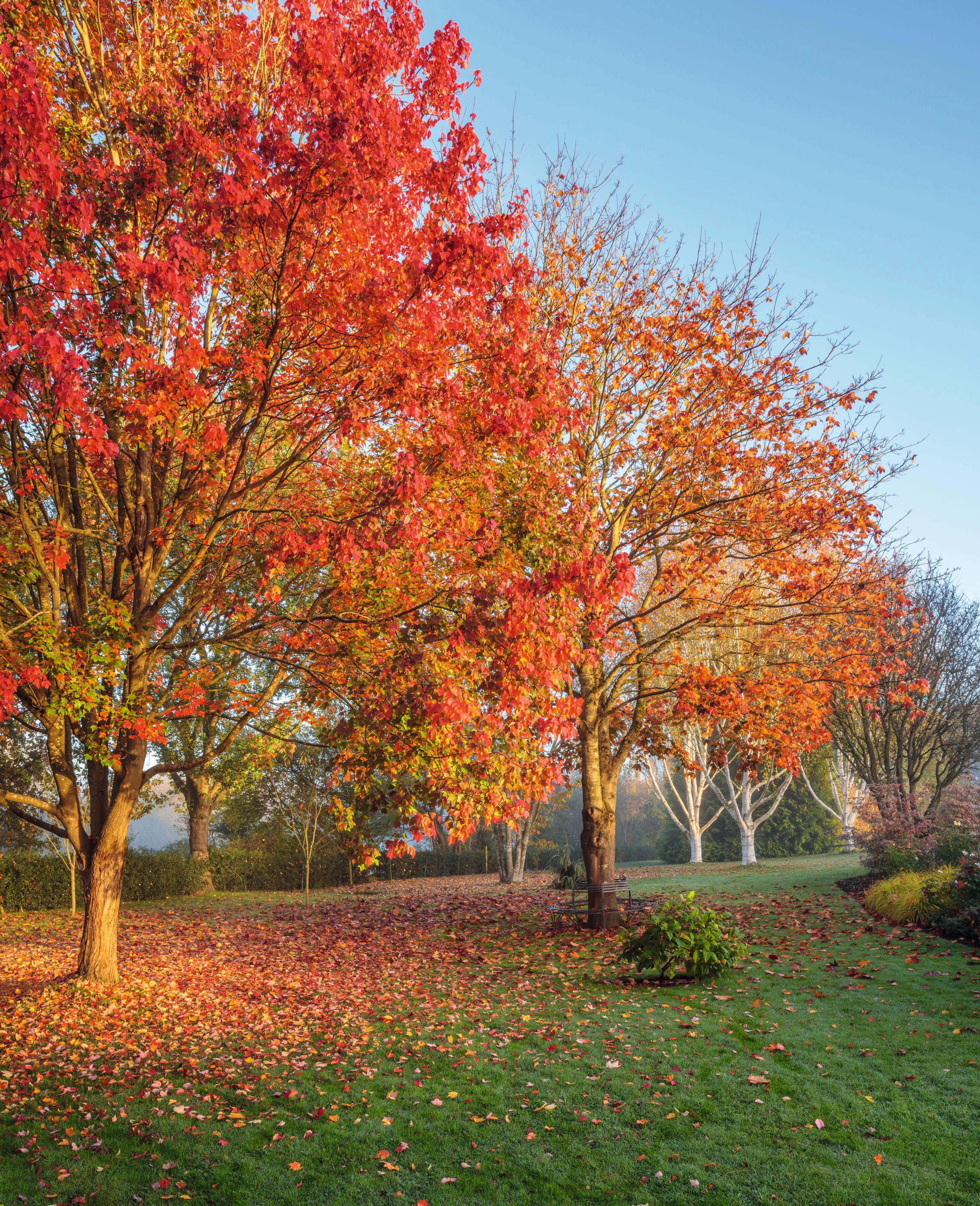
‘October Glory’ again, this time partnered with Acer platanoides ‘Crimson King’.
The birds do well in John’s Garden. Along one side of the drive, in what might be called the front garden, is a fine collection of rowans, including berry-rich Sorbus pseudohupehensis ‘Pink Pagoda’, dark pink S. pseudovilmorinii ‘Eastern Promise’ and a rare, fastigiate cultivar with scarlet berries called S. Autumn Spire, closely related to our native mountain ash. Here, too, is a selection of crab apples: the best display, says Mr Massey, comes from Malus ‘Comtesse de Paris’, which has yellow fruits, although ‘Indian Summer’ lasts longer, well into the new year. The first winter waxwings do not starve.
Praise is often lavished on old box hedges that are clipped to imitate a cloud formation. Mr Massey shows us how to create this effect on the other side of the drive, by planting a line or two of holly plants on short stems of varying height, and pruning each into a neat lollipop. As they continue to grow and fill out, the individual spheres merge to create the appearance of evergreen cumulus clouds. The berries brighten the surface for many months through autumn and into winter.
Mr Massey’s sense of theatre extends to the leaf-colour of trees in autumn and, as a nursery-man, he knows which are the best cultivars to use. Acer rubrum ‘October Glory’ is spectacular, especially when contrasted with white-trunked birches — the form of Betula utilis subsp. jacquemontii known as ‘Doorenbos’. Named varieties of Liquidambar styraciflua, such as ‘Lane Roberts’ and ‘Worplesdon’, give a rich red display over many weeks. Some autumn colour effects are standalone, drop-dead statements of beauty that need no foil from other plantings. The autumn foliage of the ginkgo trees turns to uniform yellow — a rich pure colour untinged by other tints or shades; the sun seems to glow from every leaf. A fastigiate cultivar called ‘Blagon’ stands close to a ‘witch’s broom’ form of Metasequoia glyptostroboides named ‘Schirrmann’s Nordlicht’. Tall shrubs, including Rhus typhina Tiger Eyes, give a brilliant display of reds and oranges in October, shortly followed by another new cultivar, Radiance.
Exquisite houses, the beauty of Nature, and how to get the most from your life, straight to your inbox.
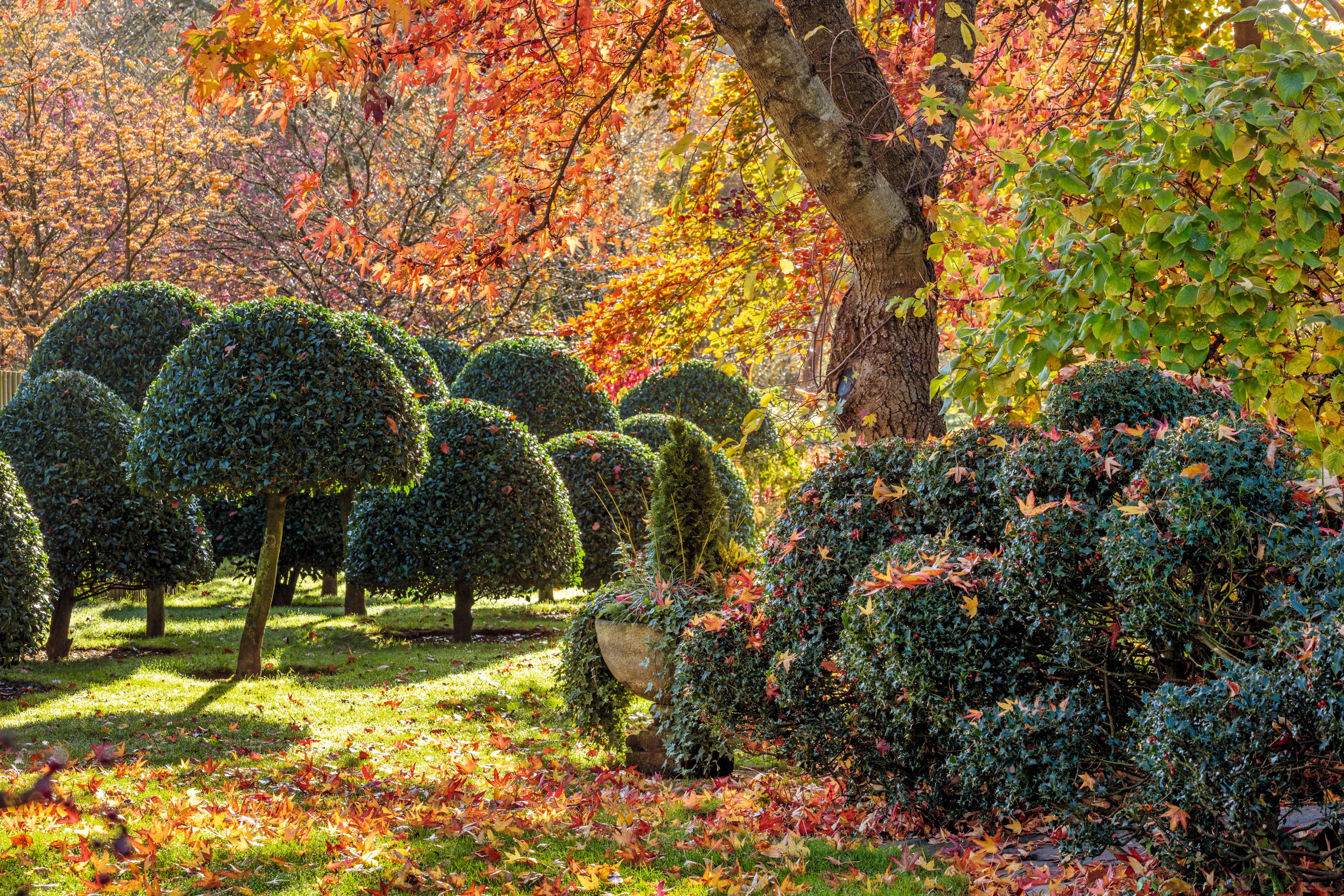
Topiaried holly, Ilex aquifolium Siberia, with Liquidambar styraciflua ‘Worplesdon’ above.
Autumn leaf-colour is everywhere among the garden’s deciduous shrubs. Cornus sericea ‘Hedgerows Gold’ adds red tints to its yellow variegation and C. alba Baton Rouge and ‘Kesselringii’, grown principally for their winter stems, also turn into wonderful hues. Autumn leaves and seeds are contrasted in the deciduous spindle bushes — heavy-fruiting Euonymus planipes ‘Sancho’ is joined by E. alatus f. ciliatodentatus, the leaves of which turn bright pink, as short-growing E. alatus ‘Compactus’ — so seldom seen in gardens — packs a tussle of scarlet leaves and orange seeds.
Many are the rare and curious plants that visiting plantsmen want to acquire. Berberis sieboldii is a small shrub with reliable autumn colour that few have ever seen before — and the same is true of the rare witch-hazel Hamamelis ‘Yamima’, probably a cross between a H. vernalis hybrid and H. intermedia. Other rare plants include a sweet-scented form of Hydrangea petiolaris found by Bleddyn and Sue Wynn-Jones on Yakushima island in Japan and Aesculus hippocastanum ‘Monstrosa’, the ‘monstrous horse chestnut’, which is no more than 6ft high with curious, fasciated branches.
Underrated plants are only one joy of this extraordinary garden. You could walk round it every day, as Mr Massey does, and always notice something new. All is maintained by his ‘dream team’ of two full-time and three part-time gardeners, whose knowledge has been greatly enriched by working in John’s Garden.
John’s Garden and Ashwood Nursery, Kidderminster, Worcestershire, are both now part of a charitable foundation set up by John Massey. The nursery is open daily, and the garden every Saturday throughout the year, except in January.
Charles Quest-Ritson is a historian and writer about plants and gardens. His books include The English Garden: A Social History; Gardens of Europe; and Ninfa: The Most Romantic Garden in the World. He is a great enthusiast for roses — he wrote the RHS Encyclopedia of Roses jointly with his wife Brigid and spent five years writing his definitive Climbing Roses of the World (descriptions of 1,6oo varieties!). Food is another passion: he was the first Englishman to qualify as an olive oil taster in accordance with EU norms. He has lectured in five languages and in all six continents except Antarctica, where he missed his chance when his son-in-law was Governor of the Falkland Islands.
-
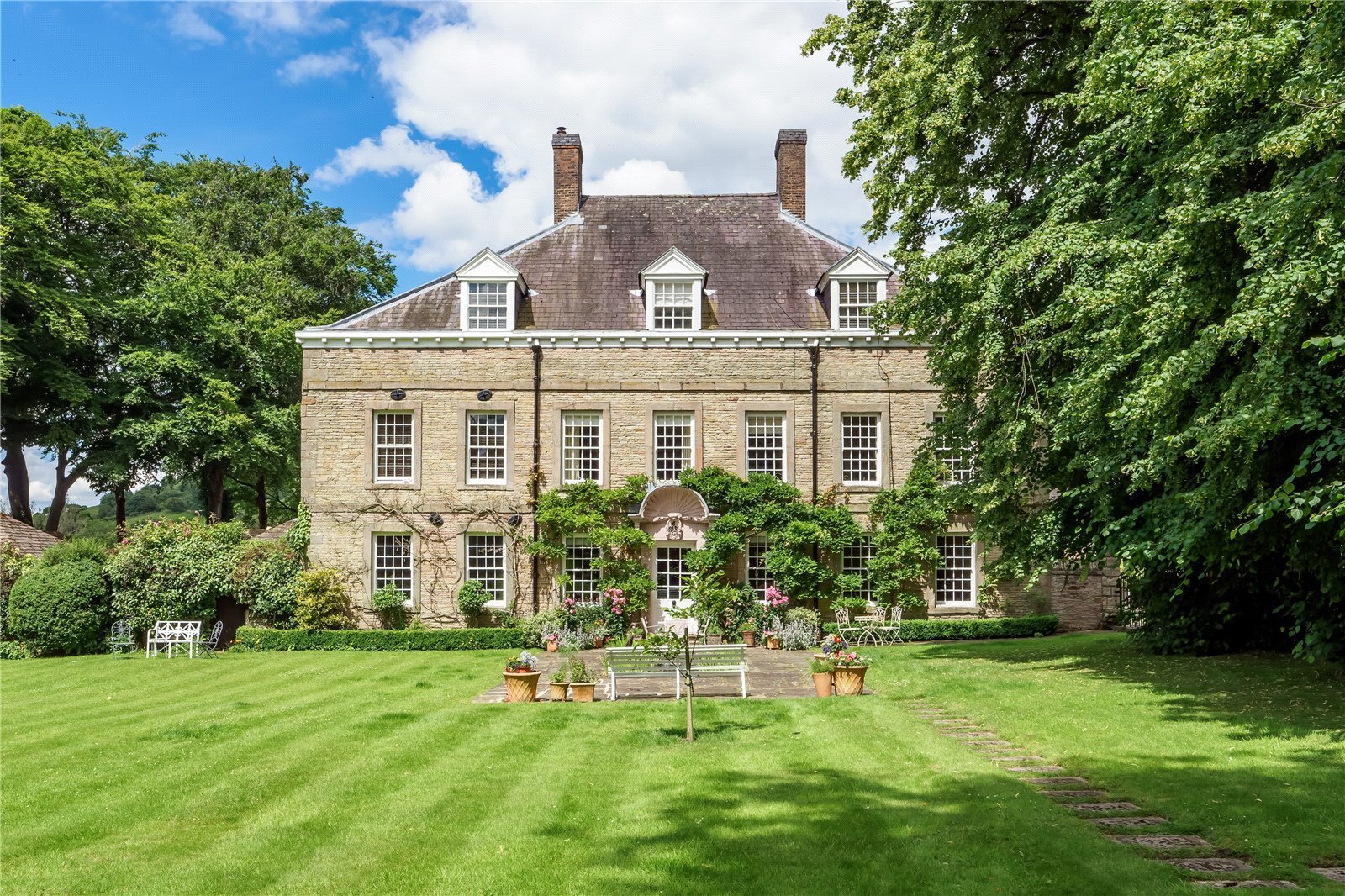 Can you buy happiness? The latest list of Britain's happiest places, and what you could end up with if you moved there
Can you buy happiness? The latest list of Britain's happiest places, and what you could end up with if you moved thereCan you buy happiness? Of course not, but you can buy a nicer house in a better town... and, well, that's probably going to help quite a bit.
-
 Is the British Museum's attempt to save a Tudor-era pendant with links to Henry VIII proof that the institution is on the up?
Is the British Museum's attempt to save a Tudor-era pendant with links to Henry VIII proof that the institution is on the up?After years of neglect and controversy, Britain's premier cultural institution seems to be finding its feet again.
-
 There are a billion microbes in a teaspoon of soil. Leaving the leaves to Nature feeds and nourishes them
There are a billion microbes in a teaspoon of soil. Leaving the leaves to Nature feeds and nourishes themLeaf blowers aren't just futile and polluting — they're actively bad for the health of your garden, not to mention your mental wellbeing. Time to reach for the rake, says Isabel Bannerman.
-
 What trees taught me about perfect planting — Alan Titchmarsh
What trees taught me about perfect planting — Alan TitchmarshSense and patience is key to growing healthy trees, as a certain Mr Mackenzie showed a young Alan Titchmarsh
-
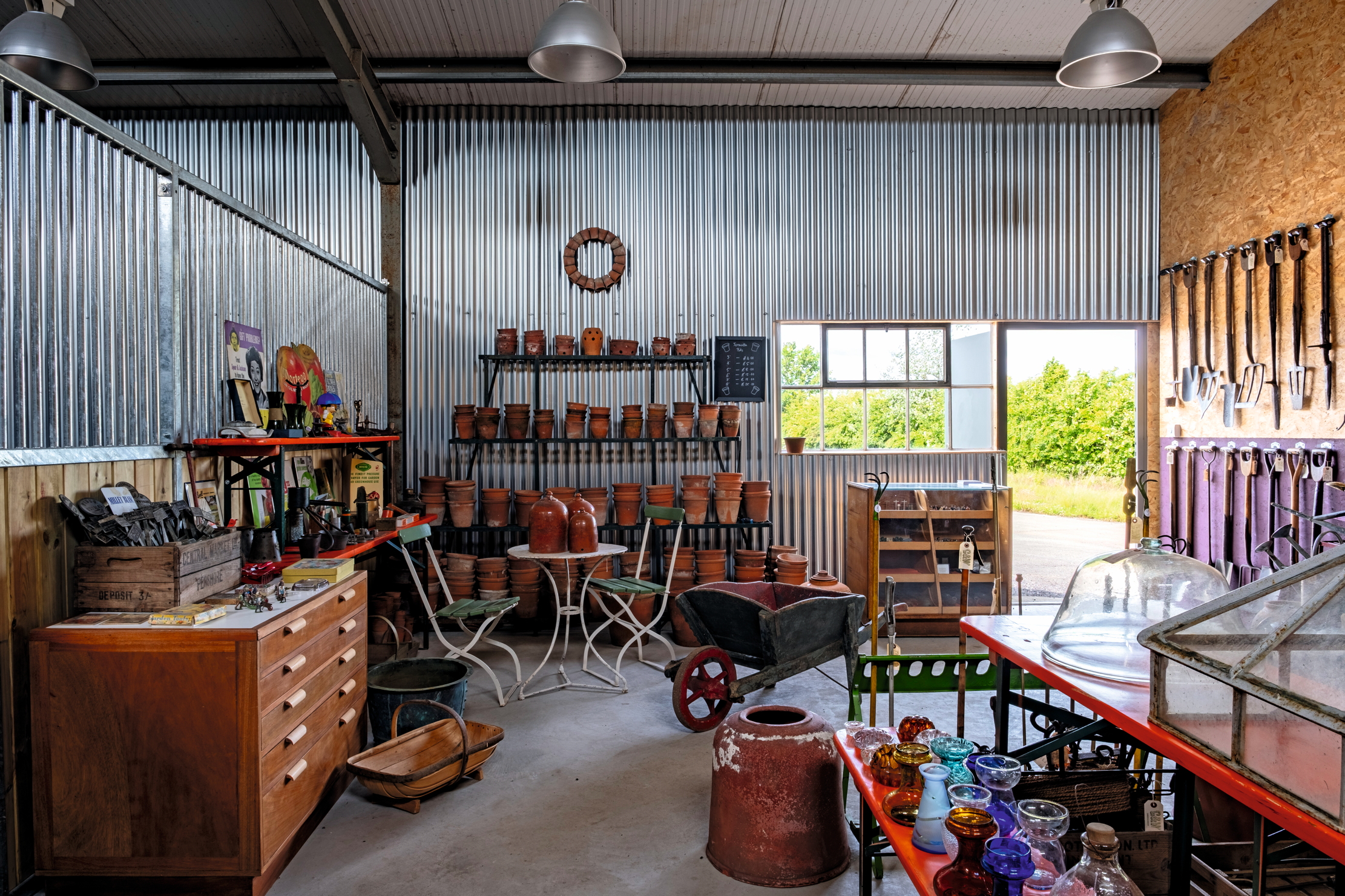 When it comes to making the perfect garden tool, the past has all the answers
When it comes to making the perfect garden tool, the past has all the answersMary Keen visits Garden & Wood, the mecca for dedicated gardeners who prefer using tools made in the 1940s
-
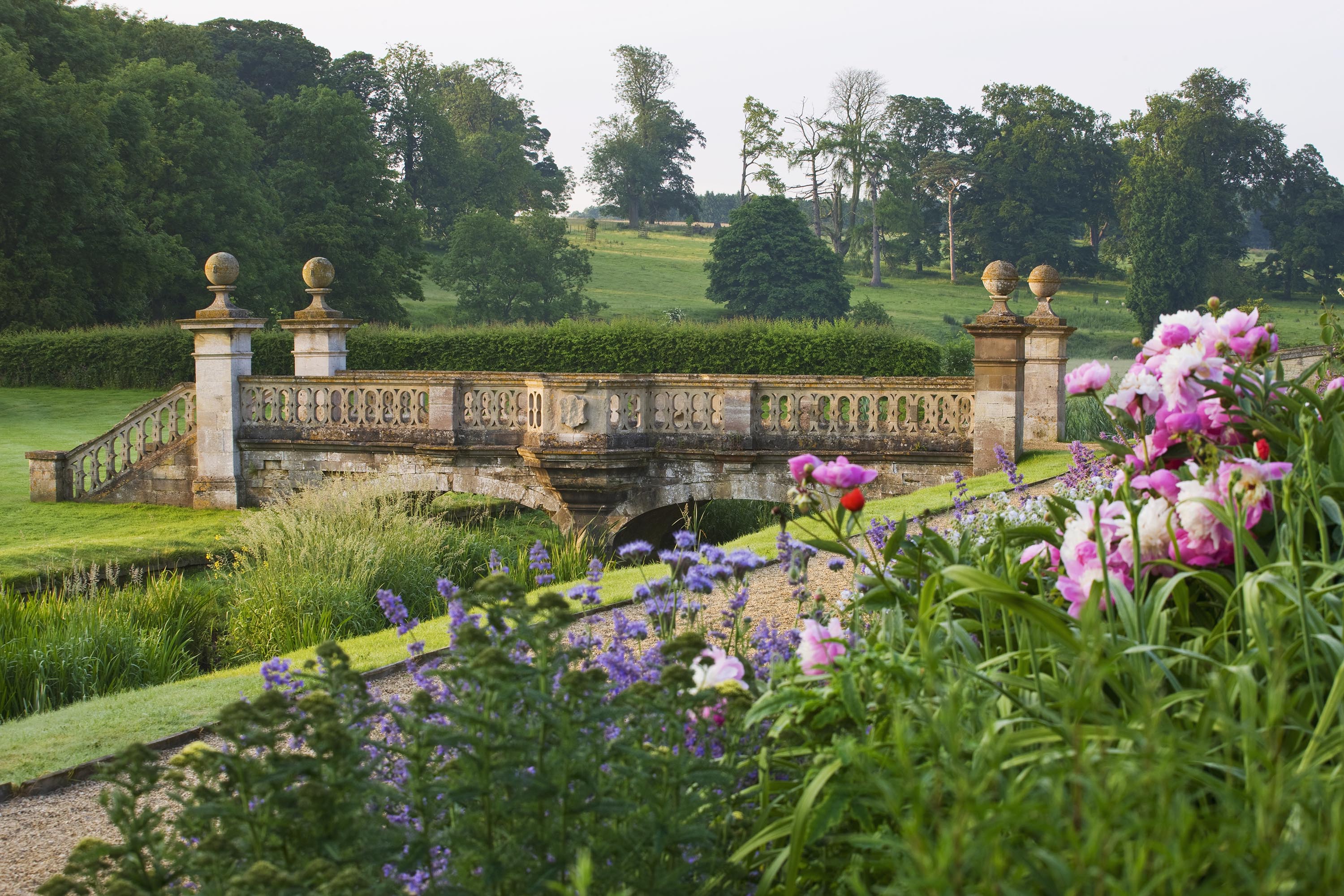 'A dream of Nirvana... almost too good to be true': The sweet peas of Easton Walled Gardens, and how you can replicate their success at home
'A dream of Nirvana... almost too good to be true': The sweet peas of Easton Walled Gardens, and how you can replicate their success at homeUrsula Cholmeley, who has spent 25 years restoring Easton Walled Gardens, recommends sowing sweet peas now for stronger plants that will better withstand the weather.
-
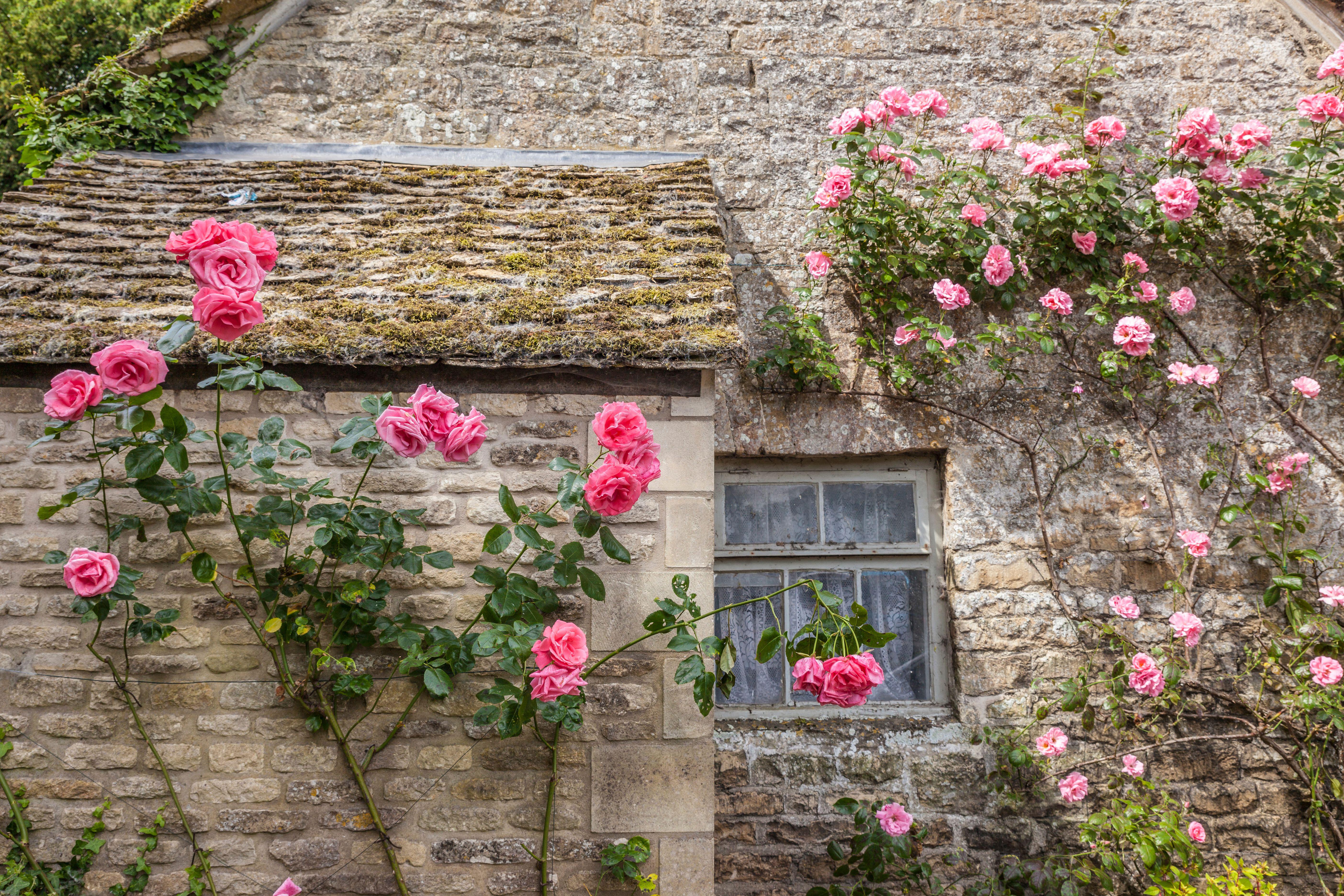 How to choose the perfect rose this bare root season
How to choose the perfect rose this bare root seasonLooks can be deceiving: bare root roses are hardier and more sustainable than potted ones, says Tabi Jackson Gee, who moved to a cottage in Wiltshire and went about finding the perfect plant. You just need patience.
-
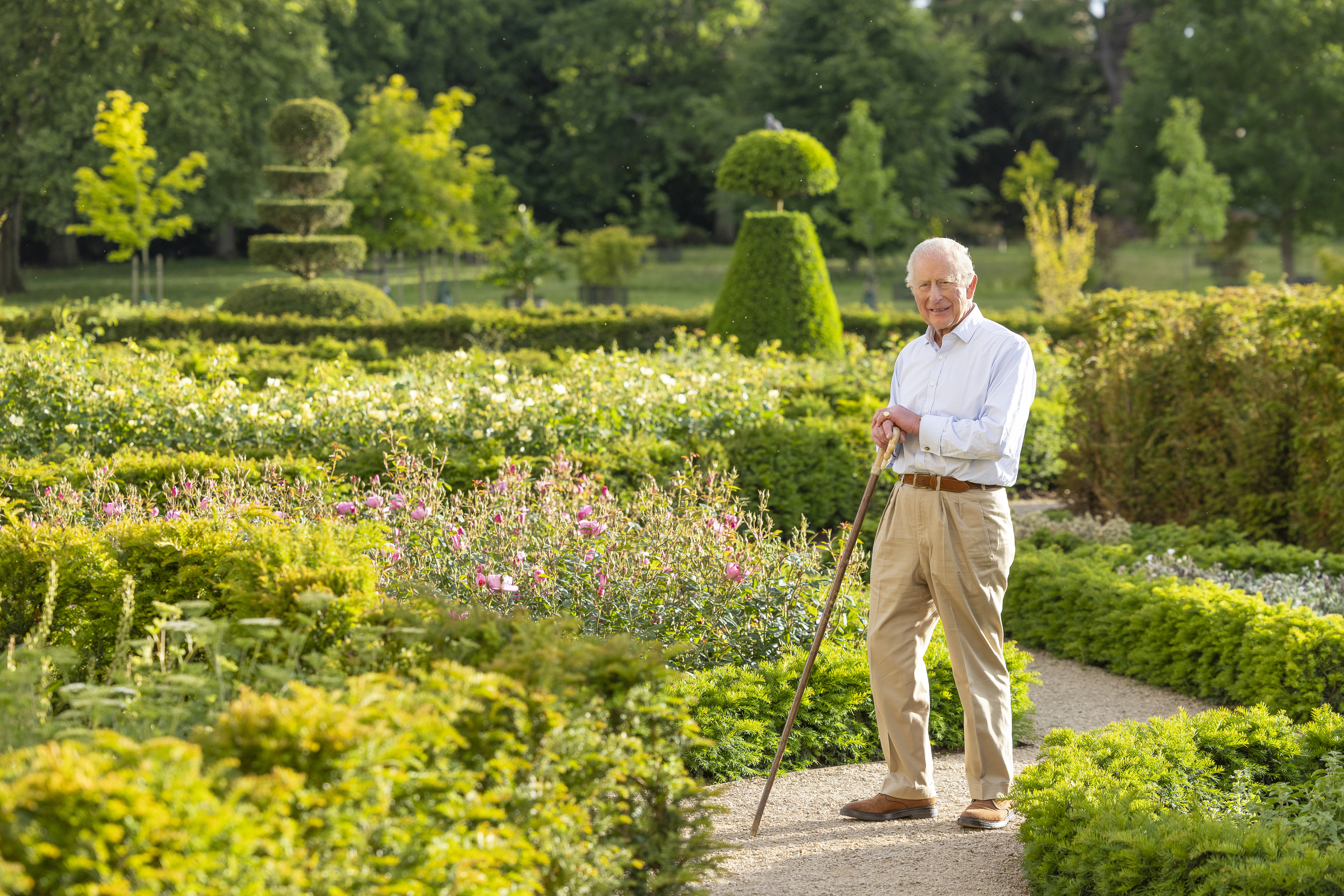 Exclusive: The King's remarkable resurrection of the gardens and parkland at Sandringham
Exclusive: The King's remarkable resurrection of the gardens and parkland at SandringhamThe King took over the running of the 21,000-acre Sandringham estate in 2017 — and in the last three years has transformed it beyond recognition.
-
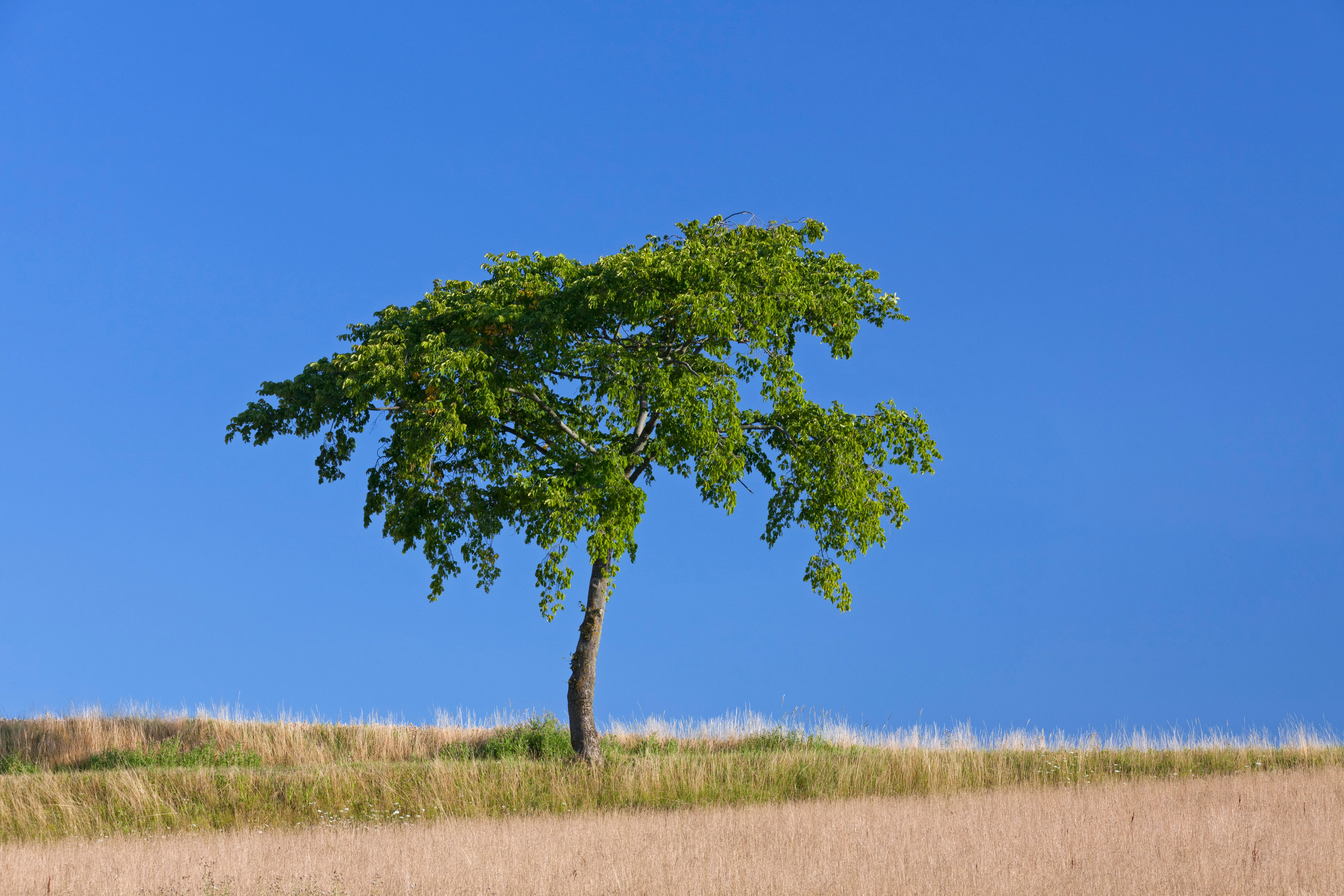 The trees that are as fine to eat as they are to look at
The trees that are as fine to eat as they are to look atMark Diacono doesn't grow many trees for the sake of the bounty they provide — but these are the notable exceptions.
-
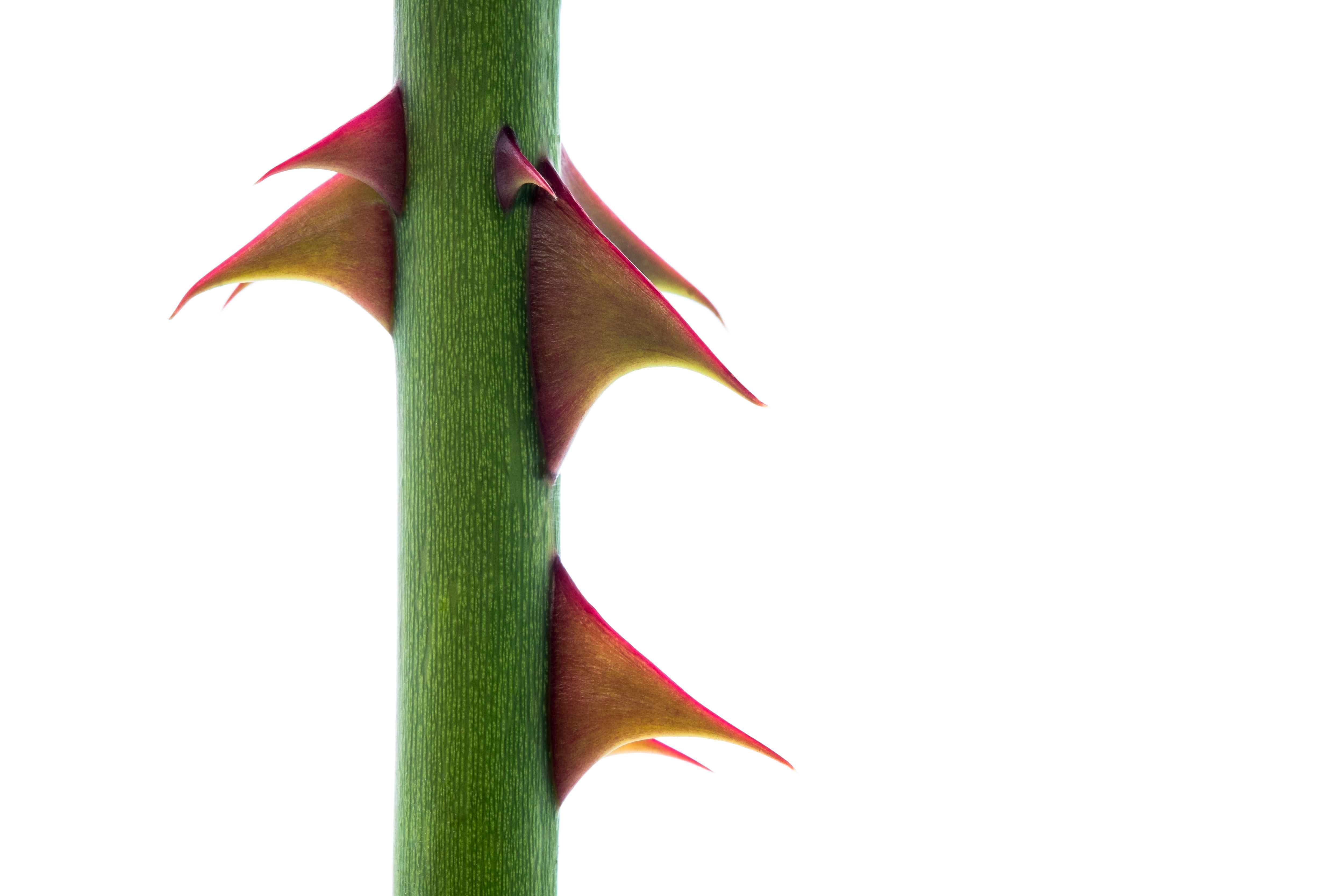 Bothered by brambles and snagged by sow thistles, but what is the point of all this thorny microaggression?
Bothered by brambles and snagged by sow thistles, but what is the point of all this thorny microaggression?Nature’s spiky deterrents — thorns, spines and prickles — may be quick to catch us out, but they can also prove to be a useful ally.
